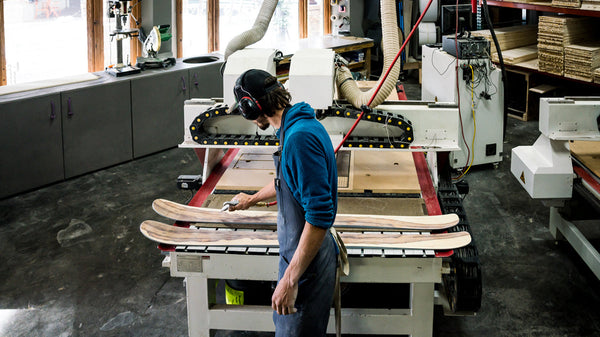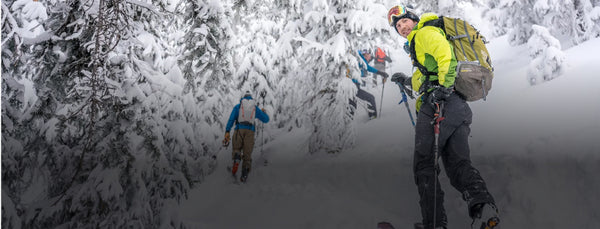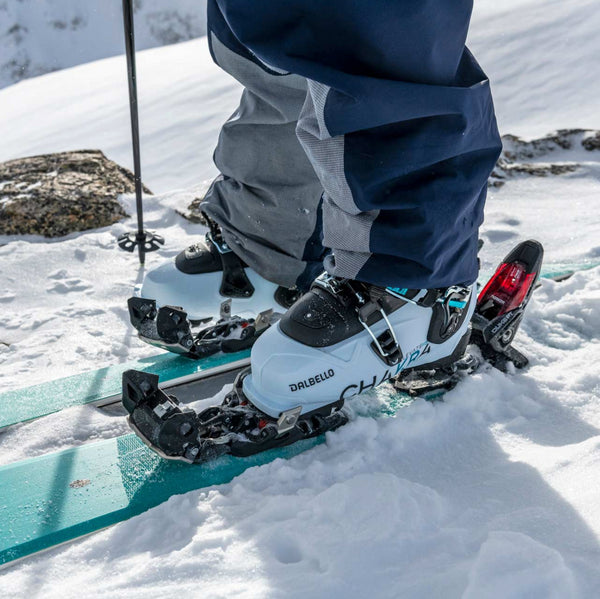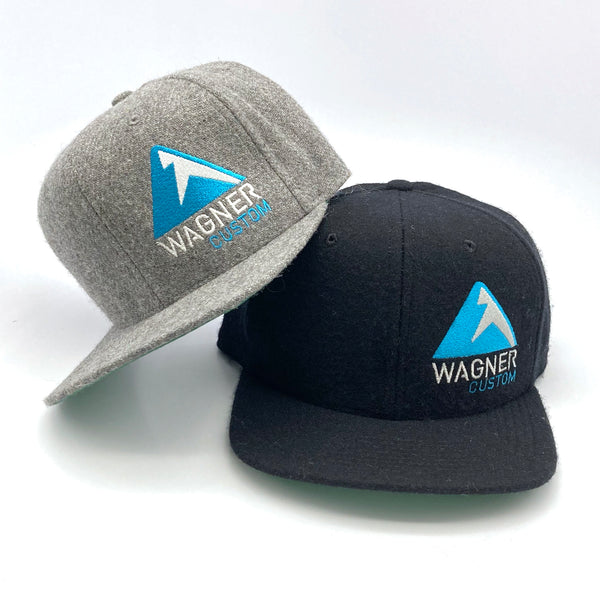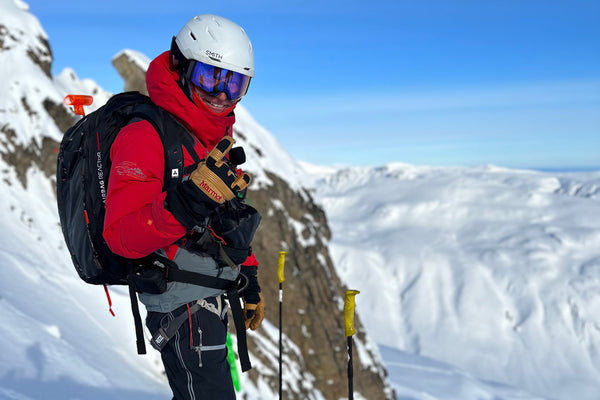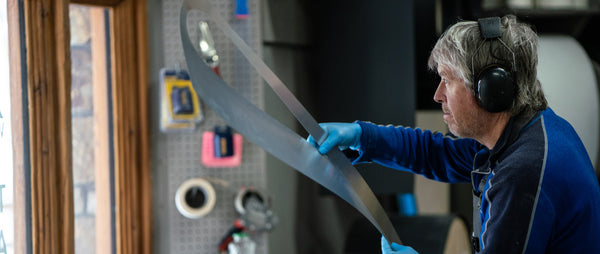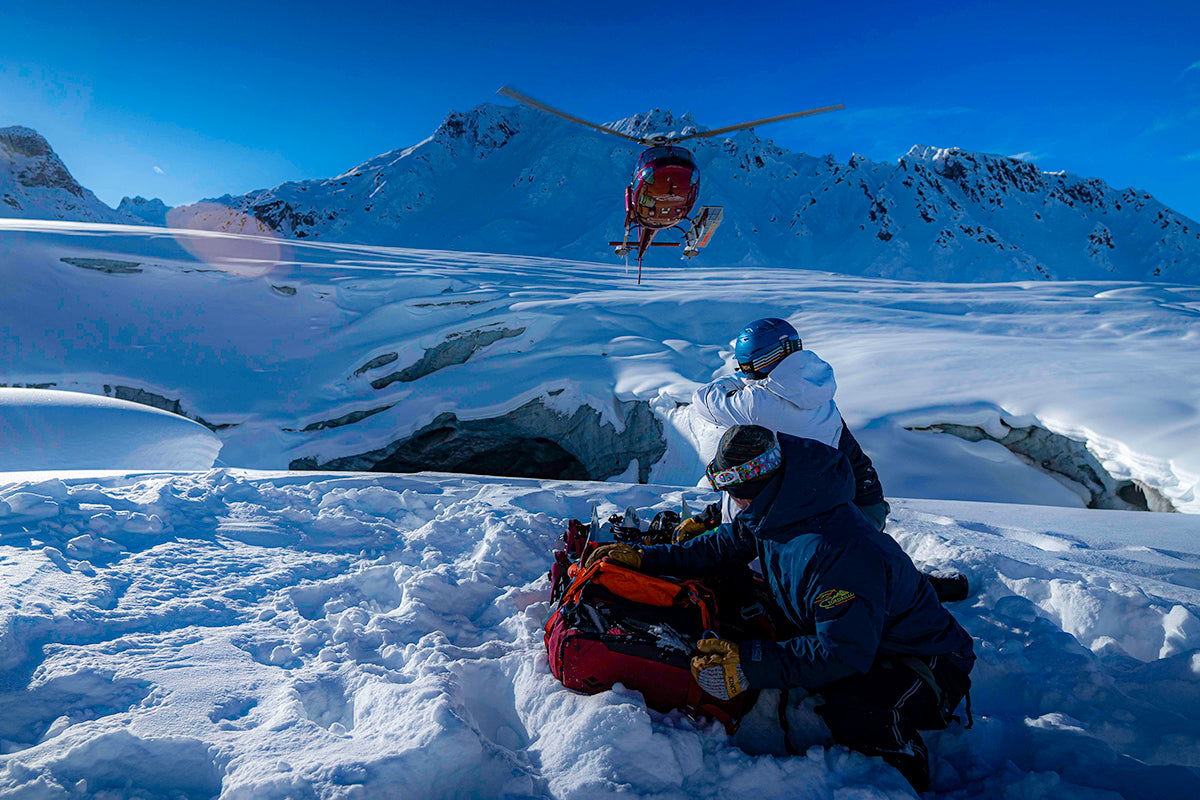
Get Fit for Heliskiing
Getting ready for a heliski trip means much more than buying a new jacket and packing the right stuff.
(Though we do have some tips for that, too.)
The single biggest thing you should focus on before you go is getting fit—because all that untracked powder will only last as long as you do.
To that end, we’ve curated a good plan from our resident ski fitness guru, Jake Hutchinson, an avalanche professional, former head instructor for Gym Jones in Salt Lake City, and personal trainer for mountain and military athletes. Suffice it to say, he knows what he’s doing. Follow his advice, and you’ll be strong enough to truly enjoy your trip of a lifetime.

Your Fitness Focus
For starters, there are three basic buckets of fitness to focus on: endurance; strength and power; and balance. This article will focus more on the latter two, but that’s not because endurance isn’t important—it’s the base upon which all else is built and without it, your ski days will be short, you’ll be tired, and your probability for injury increases. Whether you like to bike, run, swim, or hike, try to get in one 90-minute cardio session every week, and more if you have time.
As for strength and power, they may sound the same, but strength is a pure force production (i.e. pushing your truck across the parking lot) while power is the rate of force production (i.e. sprinting or jumping). Both are critical to good skiing.
Next, you’ll want to put this schedule in your calendar. Blocking out time in advance will help you stick to your program. How much time you need depends greatly on your current level of fitness, but try to give yourself at least six weeks of focused training before your trip.
Monday: upper body
Tuesday: lower body
Wednesday: cardio, core, and balance
Thursday: upper body
Friday: lower body
Saturday: endurance
Sunday: rest and recover
The Exercises
Now for the exercises. We will focus here on the lower-body, but it’s always a good idea to keep working all the muscle groups, as they all come into play on the hill.
No single exercise does more for overall ski fitness than the deadlift. This, combined with explosive box jumps, is the ideal strength/power hybrid exercise to help strengthen the legs, lower back, and core. It will also help develop the explosive strength necessary for that critical jump-turn in a crux. A proper deadlift is critical for protecting your back.
Deadlifts & Box Jumps
Deadlift
Start with your shins against the bar. Feet should be shoulder-width apart. Hands should grip the bar just wide enough to avoid interfering with your knees. Lean back onto your heels with your head and eyes forward, tighten the core and drive upward through your heels. Pinch your shoulder blades together at the top of the lift. Set it down in reverse order—it is important to either drop the bar, or move through the negative with power and strength. Going halfway between is a recipe for injury.
Box Jumps
For the explosive box jump, first find an appropriately sized box—high enough to make the jump difficult but not to the point of failure. For the jump to aid in power, it will require a 2-second pause with your quads parallel to the floor. The key with explosive box jumps is to drive the hips up from a dead stop, powering your feet above the box and landing with straight legs. Using your arms to assist is helpful in developing the full body power you want.
As skiers, we often focus on our quads and neglect our posterior chain (low back, glutes and hamstrings). Weakness there can mean imbalance and puts a great deal of stress on our knees. The combination can lead to injury. The kettlebell swing and the Romanian deadlift are ideal for improving posterior strength.
Kettlebell (KB) Swing & the Romanian Deadlift (RDL)
Kettlebell Swing
This is the perfect exercise for undoing all the damage we do sitting in front of a computer. It helps straighten out your back while strengthening your lower back and hips, building a stable core that can handle all the stresses skiing places on the body. When done properly, the kettlebell swing also has a cardiovascular benefit due to the breathing involved. Big tip: Don’t go straight for the biggest kettlebell in the gym. Start small. This movement is more about doing it correctly than how much weight you can pick up.
Women should start with 8-16 kg kettlebells. Men should start in the 16-25 kg range. Plan three sets of 10, two to three times per week, for a max benefit. Stand with feet shoulder-width apart, toes pointed out, and knees slightly bent; look straight ahead. Hold the kettlebell between your legs using a two-handed, overhand grip. Begin the swing. Keeping your lower back arched, flex your hips until the kettlebell is between and behind your legs; squeeze your glutes to extend your hips and swing the weight up. The kettlebell doesn’t need to come any higher than chest-high. Let the weight swing back between your legs as you bend your hips and slightly bend your knees. If the bell hits you in the butt, you’re doing it right. Extend your hips and knees to reverse the momentum as you immediately begin the next rep.
Romanian Deadlift
The Romanian deadlift is a way to give your hamstrings some love with very low injury risk. For men, a 24 kg KB is a good start, and for women, 20 kg is appropriate. Place the kettlebell between your feet, back by your heels. Bend your knees slightly and drive your butt backward, like you’re about to jump forward. Look straight ahead and grab the kettlebell with both hands while maintaining a neutral spine. Squeeze your glutes and stand up, allowing your shoulder blades to be pulled down. Reverse the motion by pushing your hips backward. Getting the kettlebell to the ground isn’t important—feeling it in your hamstrings is.
Single-Leg (SL) Box Squat & Reverse Goblet Lunge
Single-leg exercises help with several things: correcting strength/size left-right imbalances, working around injuries, and improving balance. These exercises provide a strong carryover to sport due to the similarity in movement. My single-leg exercises of choice include single-leg box squats and reverse goblet lunges.
Dylan Freed, former pro skier says, “We do not attempt to re-enact the exact physical demands of sport while training in the gym; it’s therefore absolutely necessary to incorporate many single-leg and typically unstable or balance-focused movements into every training session. This mostly contrived environment of the gym is the proper time and space to place heavy emphasis on body control and awareness. Stable and strong on one leg is balanced and prepared on two.” Do a variety of combinations, but generally work each leg with similar sets and weights.
Single-Leg Box Squat
Start on a low box to get comfortable with the movement—a staircase can work here. Assume a single-leg stance with one foot off the edge. Squat by flexing the knee while keeping the heel on the box (or stair-step), while minimizing the movement at the ankle. As you sink, raise your arms to shoulder height as a counterbalance. Squat until the thigh is parallel to the floor. Then, power back up using only the leg you are balancing on. Work your way up to a 20-inch box and do three to five sets of eight to 10 reps for each.
Reverse Goblet Lunge
This is another great exercise for the glutes and hamstrings while still loading up the quads. It is also less stressful on the knees. Hold your KB with both hands just below your chin, with head up and a “proud chest.” This helps with breathing and core stabilization through the movement. Starting with your right foot, step backward as far as you can, and then lower your leg until your right knee touches the ground. Be careful to keep your front shin vertical and your weight on your heel. Then rise up and repeat with the left leg. Three sets of 10 reps will get your attention.
There are countless ways to get in shape for your heli trip, and each athlete requires some personalization based on prior injury and specific goals. These guidelines and workouts are a starting place. If you can, join a local gym or CrossFit that can help with specific training and programming, as well as ensure proper movements to avoid injury. Avoid big-box gyms unless it’s your only option, and look for a trainer who will invest in you. Remember that getting hurt in the gym only means less time on the snow.
--
Article by Jake Hutchinson
Jake has spent more than 25 years working as an avalanche professional. He is currently a lead instructor for the American Avalanche Institute, an avalanche dog handler and trainer and an avalanche safety consultant to the resort and rescue communities. Off the snow, Hutchinson is a Certified Instructor and former Head of Instructor and Seminar Development for Gym Jones in Salt Lake City. He is currently involved in private personal training with an emphasis on high level functional fitness for mountain and military athletes.


